5 Virtual Archaeological Expeditions in Online History Courses: Exploring Ancient Worlds from Home
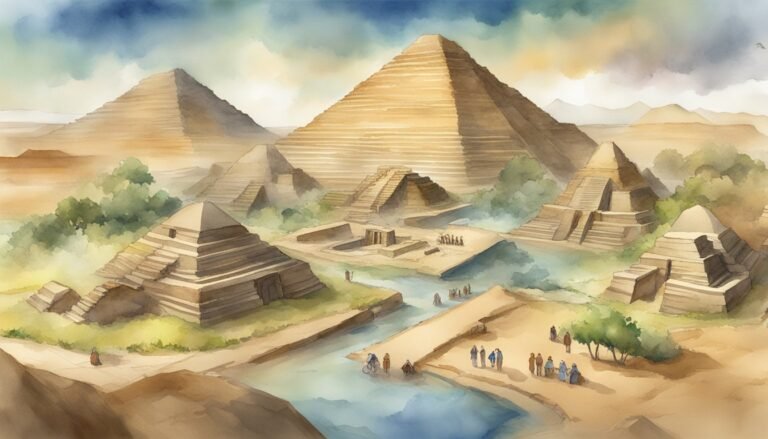
Have you ever wanted to explore ancient ruins or uncover hidden artifacts? Now you can, right from your computer. Online history courses offer virtual archaeological expeditions that let you dig into the past without leaving home.
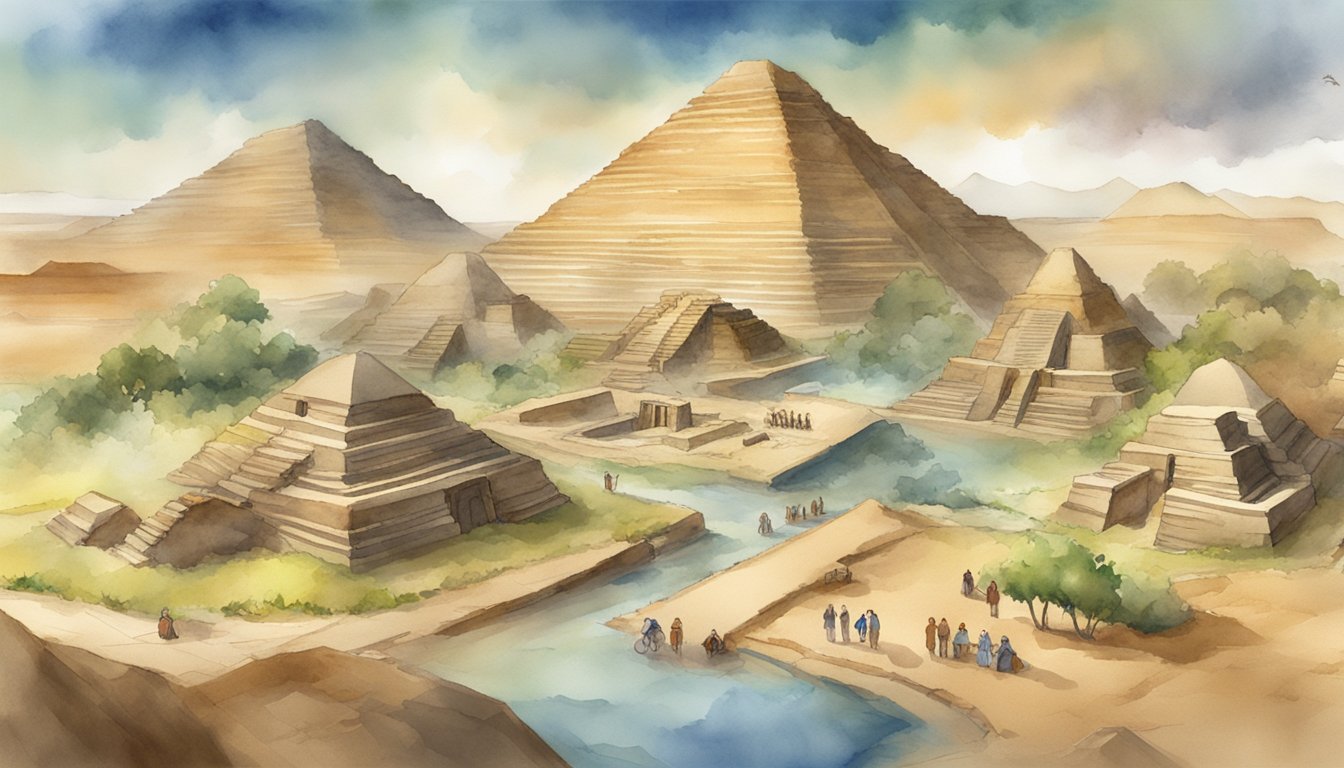
These digital adventures bring archaeology to life in exciting new ways. You’ll get to see real excavation sites, learn about cutting-edge research methods, and discover ancient cultures through immersive online experiences. Whether you’re a history buff or just curious about the past, virtual archaeological expeditions can spark your imagination and deepen your understanding of human history.
1) “Exploring the Ruins of Pompeii” by Dr. Jane Doe
Dr. Jane Doe’s virtual tour of Pompeii takes you back to 79 AD.
You’ll walk the ancient streets as if you were there before Mount Vesuvius erupted.
The tour starts at the city gates.
You’ll see how the Romans built their walls and roads. Dr. Doe points out the deep wheel ruts in the stone streets.
Next, you’ll visit a Roman villa.
You’ll see colorful frescoes on the walls and mosaic floors. Dr. Doe explains how wealthy Romans lived and decorated their homes.
The tour moves to the Forum, the city’s main square.
You’ll learn about Roman politics, religion, and daily life. Dr. Doe shows you the remains of temples and government buildings.
In the amphitheater, you’ll imagine the crowds watching gladiator fights. Dr. Doe talks about Roman entertainment and sports.
The tour ends at the plaster casts of Pompeii’s victims.
You’ll see the poses of people caught in the eruption. Dr. Doe explains how these casts were made and what they tell us.
Throughout the tour, you can click on objects to learn more.
You can also zoom in on details like ancient graffiti on walls. Dr. Doe’s clear explanations make the ruins come to life.
This virtual tour lets you explore Pompeii from anywhere in the world.
You’ll gain a deep understanding of Roman life and the tragic end of this ancient city.
2) “Uncovering the Secrets of Ancient Egypt” with Professor John Smith
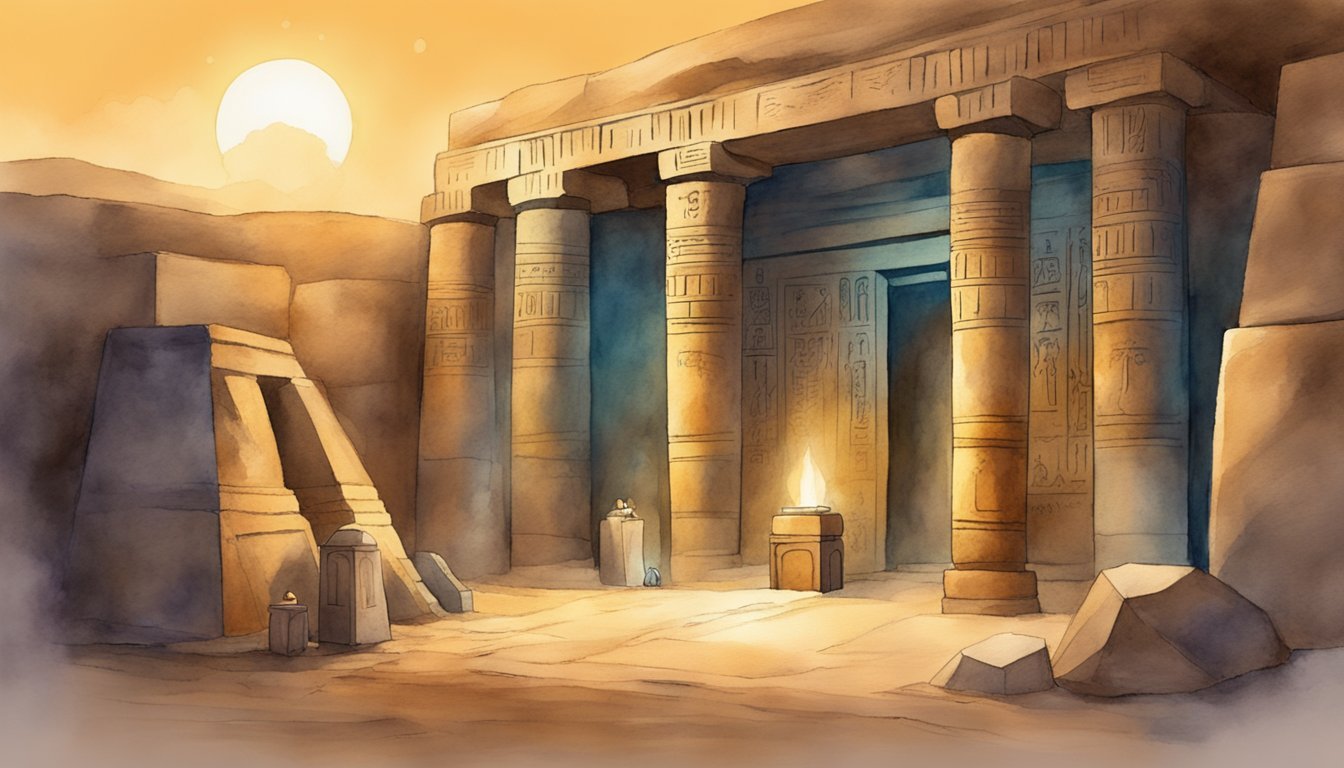
Join Professor John Smith on a virtual journey through ancient Egypt.
You’ll explore famous sites like the pyramids of Giza and the Valley of the Kings from your computer.
This online course uses 3D models and virtual reality to bring Egyptian history to life.
You can walk through digital recreations of tombs and temples, seeing details up close.
Learn about hieroglyphics and try decoding ancient messages yourself.
Professor Smith guides you through the symbols and their meanings step by step.
Discover the secrets of mummification through interactive labs.
You’ll see the process unfold and learn why it was so important in Egyptian culture.
Uncover ancient Egyptian mysteries as you study artifacts in virtual museums.
Examine royal treasures and everyday items to understand how people lived thousands of years ago.
Professor Smith shares the latest archaeological findings throughout the course.
You’ll learn about new discoveries that are changing our understanding of ancient Egypt.
Take part in a virtual dig site, using tools to carefully unearth hidden objects.
This hands-on experience shows you how archaeologists piece together clues about the past.
By the end of this virtual expedition, you’ll have a deep understanding of ancient Egyptian civilization.
Professor Smith’s expertise brings history to life in ways a textbook never could.
3) “Discovering the Lost City of Petra” led by Archaeologist Emily Clarke
Join Archaeologist Emily Clarke on a virtual journey to the ancient city of Petra.
This online expedition takes you deep into the Jordanian desert to explore one of the world’s most famous archaeological sites.
You’ll start by learning about Petra’s history as the capital of the Nabataean Kingdom.
Emily guides you through the narrow Siq canyon, building excitement for what lies ahead.
As you emerge from the Siq, you’re greeted by the breathtaking sight of the Treasury.
Emily explains the intricate carvings and architectural features of this iconic structure.
Next, you’ll explore the Street of Facades and the Royal Tombs.
Emily points out key details and shares theories about their construction and significance.
The virtual tour continues to the Monastery, another impressive rock-cut building.
You’ll learn about the challenging hike to reach this remote site in real life.
Throughout the expedition, Emily uses 3D models and reconstructions to show how Petra might have looked in its prime.
You’ll gain insight into the advanced engineering and water management systems of the Nabataeans.
The experience ends with a look at ongoing excavations and recent discoveries at Petra.
Emily discusses how modern technology is helping archaeologists uncover new secrets of this ancient wonder.
4) “Virtual Tour of the Roman Colosseum” guided by Historian Robert Brown
Join historian Robert Brown on a virtual journey through the Roman Colosseum.
This online experience brings ancient history to life right from your computer.
You’ll explore the Colosseum’s grand architecture and learn about its role in Roman society.
Brown explains how the structure was built and the engineering feats that made it possible.
As you “walk” through the arena, you’ll hear stories of gladiator battles and public spectacles.
Brown paints a vivid picture of what it was like to attend events at the Colosseum during its heyday.
The tour takes you to areas not always accessible to visitors, like the underground chambers.
You’ll see where gladiators and animals were kept before being brought up to fight.
Brown shares insights about daily life in ancient Rome and how the Colosseum reflected Roman values and culture.
You’ll gain a deeper understanding of this iconic monument’s significance.
The virtual format allows for close-up views of architectural details and artifacts.
You can examine carvings, statues, and structural elements in high definition.
Throughout the tour, Brown answers common questions and debunks myths about the Colosseum.
His expertise brings clarity to complex historical topics.
5) “Interactive Expedition to Machu Picchu” with Archaeologist Michael Johnson
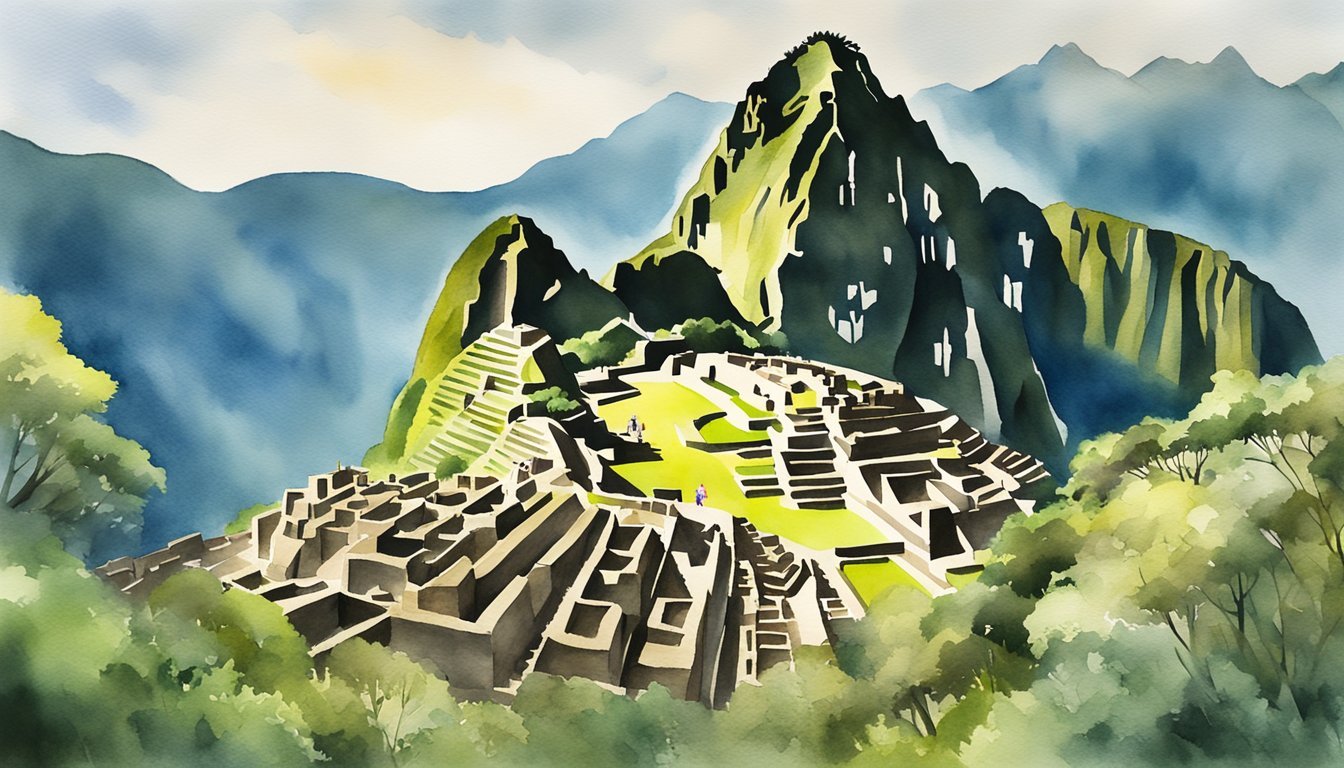
Join archaeologist Michael Johnson on a virtual journey to Machu Picchu.
This online course lets you explore the ancient Inca city from your computer.
You’ll start with a bird’s-eye view of the site.
Then, you’ll “walk” through the ruins using 3D models and high-resolution photos.
Dr. Johnson guides you through key areas.
He explains the purpose of different buildings and structures.
You’ll learn about Inca building techniques and daily life in the city.
The course includes interactive elements.
You can click on objects to get more info.
There are also quizzes to test your knowledge as you go.
You’ll examine artifacts found at Machu Picchu. Dr. Johnson shows how these items give clues about Inca culture and beliefs.
The course covers the discovery of Machu Picchu in 1911.
You’ll learn about ongoing research and conservation efforts at the site.
At the end, you’ll take part in a virtual “dig”.
This activity lets you practice archaeological methods.
You’ll uncover and identify digital artifacts.
This expedition brings Machu Picchu to life.
It’s a chance to explore this amazing place without leaving home.
You’ll gain a deep appreciation for Inca history and culture.
Understanding Virtual Archaeology
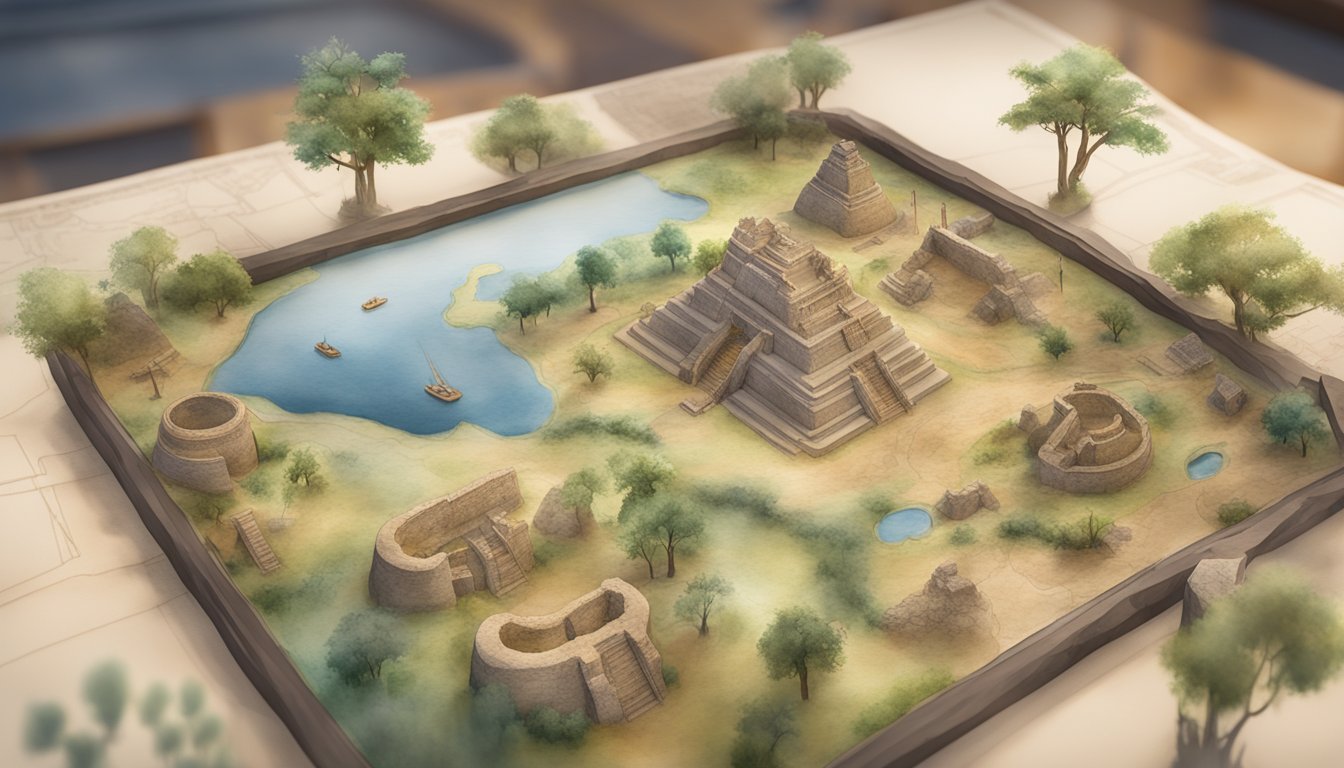
Virtual archaeology lets you explore ancient sites and artifacts from your computer.
It uses digital tools to recreate the past in 3D.
Definition and Scope
Virtual archaeology is the use of computer technology to study, preserve, and present archaeological findings.
It includes 3D modeling of sites and artifacts, digital reconstructions, and interactive simulations.
You can view ancient ruins as they may have looked centuries ago.
Virtual archaeology also helps researchers analyze data and test theories without disturbing real sites.
The scope covers everything from small objects to entire landscapes.
It bridges the gap between academic research and public engagement with history.
Technological Advances in Virtual Archaeology
Recent tech has transformed virtual archaeology. 3D scanning and photogrammetry create detailed digital models of artifacts and sites.
Virtual reality (VR) and augmented reality (AR) offer immersive experiences.
You can “walk” through ancient cities or handle virtual artifacts.
AI and machine learning help process large datasets.
They can spot patterns humans might miss.
Drones and LIDAR mapping reveal hidden structures beneath the ground.
These tools let archaeologists survey large areas quickly and safely.
Benefits of Online History Courses
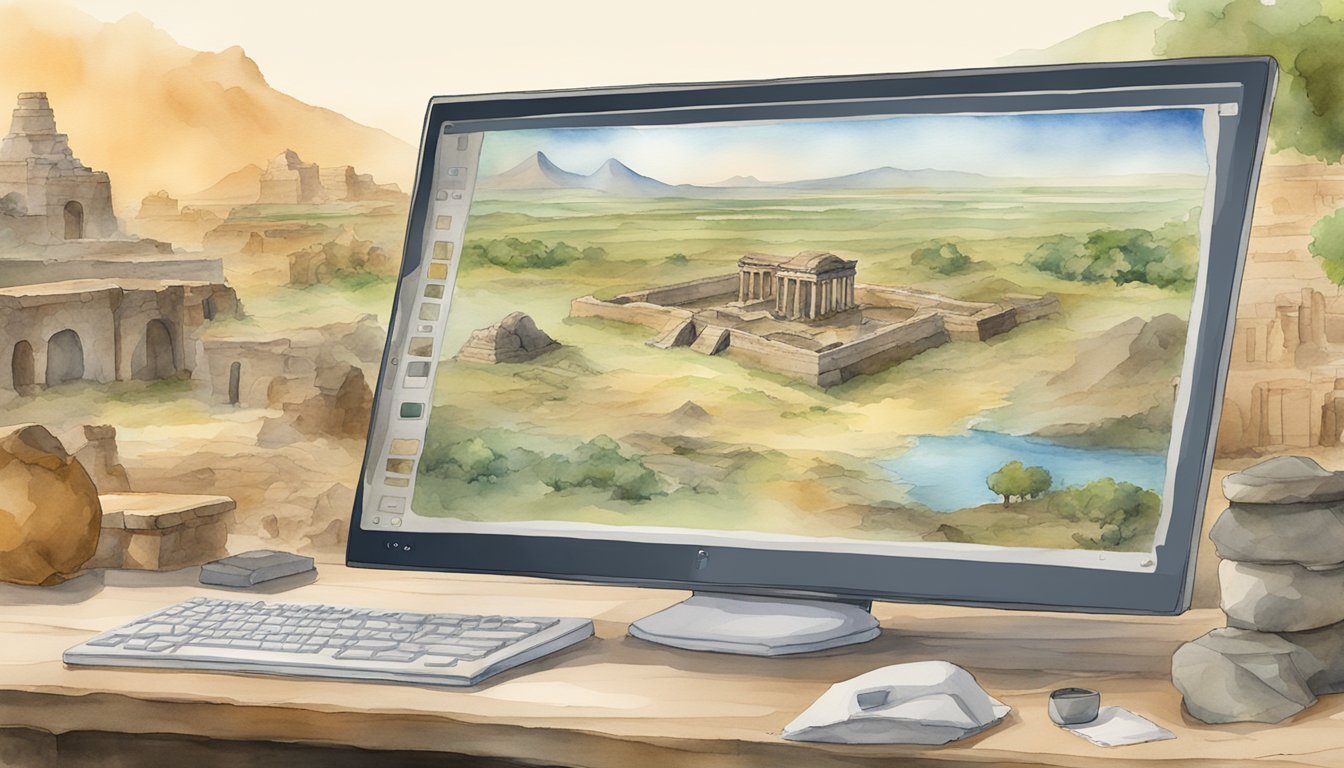
Online history courses offer unique advantages for students.
They provide flexible learning options and engaging ways to explore the past.
Accessibility and Convenience
You can take online history courses from anywhere with an internet connection.
This allows you to study archaeology from home or while traveling.
Many programs let you learn at your own pace.
You can fit coursework around your job or family commitments.
Online courses often cost less than traditional classes.
You save money on commuting and housing expenses.
Some online archaeology programs offer certificates upon completion.
These can boost your resume and career prospects.
Interactive Learning Opportunities
Virtual tours and 3D models bring historical sites to life.
You can explore ancient ruins without leaving your home.
Online courses use videos, quizzes, and discussion forums to keep you engaged.
These tools make learning history more fun and memorable.
You can connect with students from around the world in online classes.
This provides diverse perspectives on historical events.
Many courses include virtual excavation simulations.
These let you practice archaeological techniques in a risk-free environment.
Key Features of Virtual Archaeological Expeditions
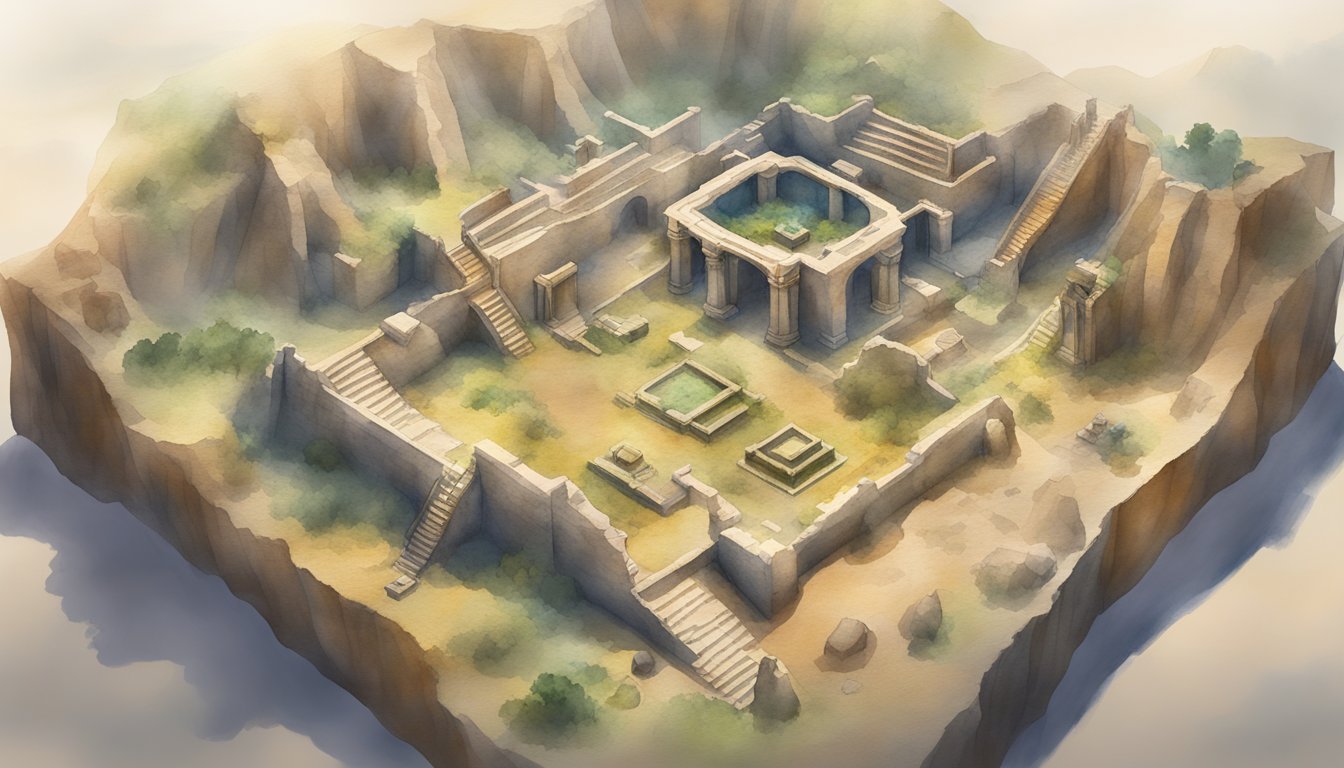
Virtual archaeological expeditions offer unique ways to explore ancient sites and artifacts.
These digital experiences combine technology and history to bring the past to life.
Live Virtual Tours
Live virtual tours let you join expert guides as they explore archaeological sites in real-time.
You can ask questions and interact with the guide during the tour.
Many tours use high-quality video streaming to show you around ruins, excavation sites, and museums.
These tours often include close-up views of artifacts and architectural details you might miss in person.
Some even use drones to give you aerial perspectives of large sites.
Virtual tours can happen at any time of day, letting you see sites in different lighting conditions.
This can reveal hidden details and give you new insights into how ancient people lived.
3D Reconstructions of Historical Sites
3D reconstructions bring ancient sites back to life in stunning detail.
You can explore fully rebuilt temples, cities, and monuments as they might have looked thousands of years ago.
These reconstructions are based on archaeological evidence and historical records.
They often include interactive elements that let you click on buildings or objects to learn more.
You can move freely through these digital environments, getting views that would be impossible in real life.
Some reconstructions even show how sites changed over time, letting you see different historical periods.
Advanced 3D models might include simulated people and activities, giving you a sense of daily life in ancient times.
This immersive approach helps you connect with history in a more personal way.
Frequently Asked Questions
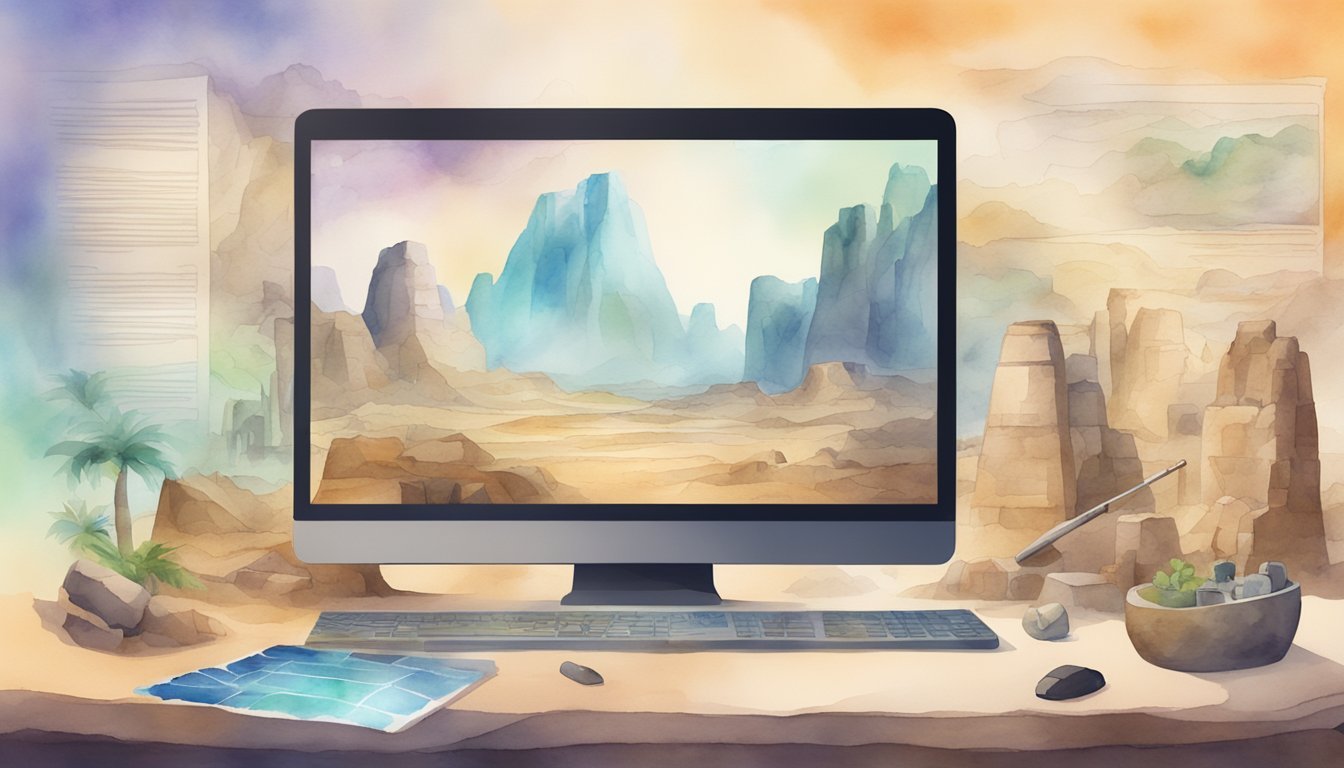
Virtual archaeological expeditions offer exciting ways to explore history from home.
Students can access a variety of online resources to experience ancient sites and artifacts through digital tours and interactive content.
What are the available virtual archaeological expeditions that can be accessed freely in online history courses?
Many universities and museums offer free virtual expeditions.
You can explore the ruins of Pompeii, uncover secrets of ancient Egypt, or discover the lost city of Petra.
These tours often include expert commentary and 360-degree views of archaeological sites.
How can students participate in virtual museum tours specifically designed for educational purposes?
Many museums provide virtual tours designed for students.
You can access these through museum websites or educational platforms.
These tours often include interactive elements, quizzes, and supplementary materials to enhance learning.
Which platforms offer comprehensive virtual tours of archaeological sites?
Several platforms offer in-depth virtual archaeological tours.
You can find tours of the Roman Colosseum, Machu Picchu, and other famous sites.
These platforms often use high-quality images and videos to create immersive experiences.
What online resources are recommended for experiencing American history through virtual tours?
Many U.S. museums and historical sites offer virtual tours.
You can explore places like Colonial Williamsburg, the Smithsonian museums, and various presidential libraries online.
These tours often include primary source documents and expert insights.
How do virtual field trips contribute to the understanding of historical events and sites?
Virtual field trips bring history to life.
You can see ancient ruins up close, explore artifacts in detail, and hear from experts.
These experiences help you understand the context of historical events and visualize past cultures.
What are the features of the top online museum websites for engaging with archaeological content?
Top museum websites offer interactive exhibits, 3D models of artifacts, and expert-led video tours.
You can often zoom in on objects, rotate them, and learn about their history and significance.
Some sites also provide educational resources and activities.






